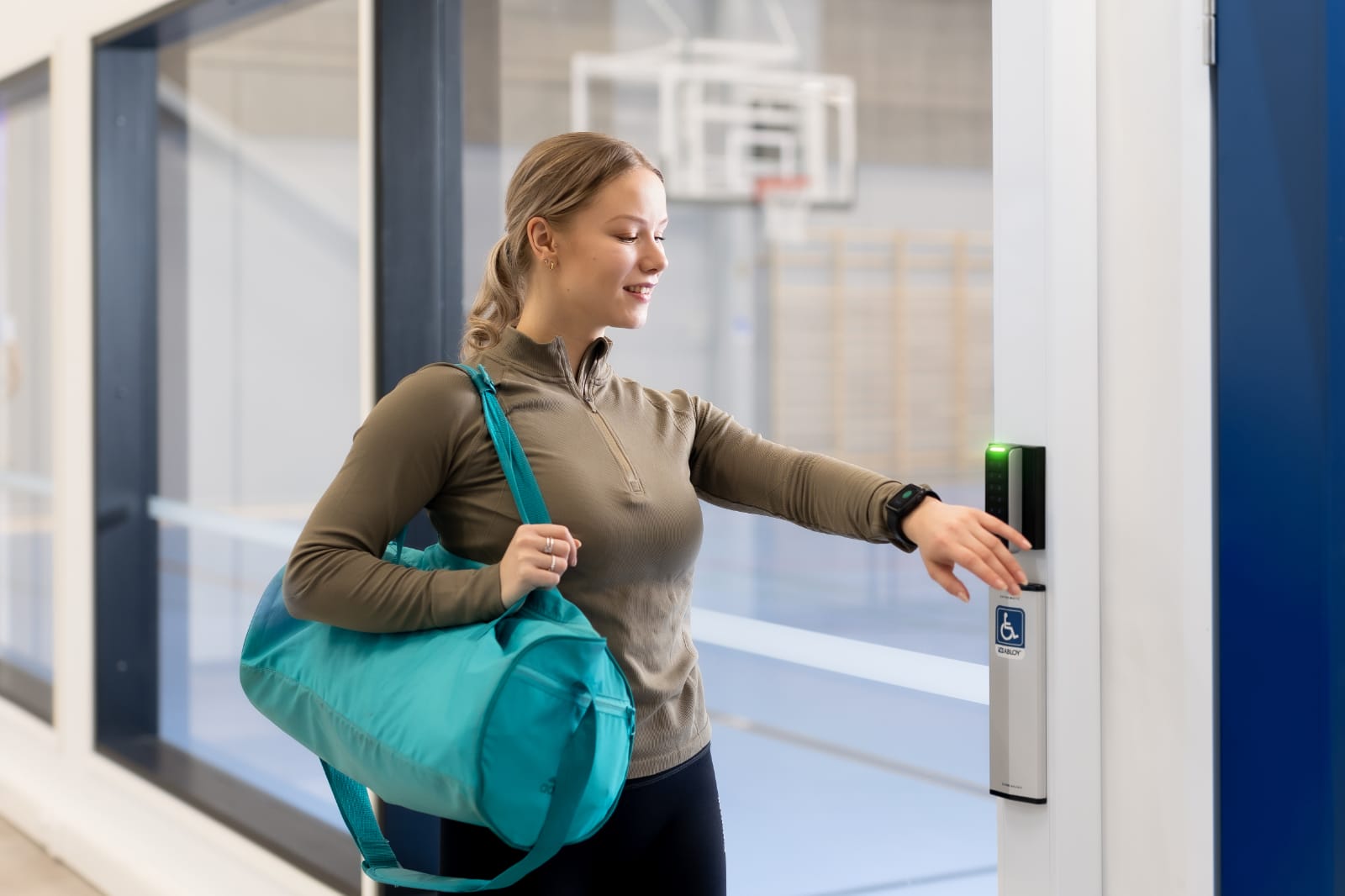
Mr Prabhuraj Patil, Commercial Director, Physical Access Control Solutions, South Asia, HID Global

HID Liminka fullres
With Convenience Being a Major Theme, 42% of Respondents Worldwide Indicate Plans to Upgrade to Mobile-Ready Systems
BENGALURU, INDIA, JULY 27, 2022 (GPN)– HID Global, a worldwide leader in trusted identity solutions, announces the 2022 State of Access Control Report, providing insightful perspectives of the market’s current state and trends.
Who: Produced by IFSEC Global in partnership with HID Global, the report surveyed just over 1,000 respondents from across North America (56%), EMEA (29%) and Asia Pacific (15%) to detail trends in the procurement, installation, specification and operation of physical access control solutions.
What: The report describes the current state of the market, the technology being used, and trends that security and IT professionals are witnessing and foreseeing in the years to come, including:
Convenience: Ease of use is the most crucial reason to upgrade to a new access control system, according to 60% of the respondents. This means that in addition to securing premises, a new system must provide a smooth and straightforward process for both users (employees, residents or visitors) and administrators (security, facilities and IT teams).
Mobile Access and Touchless Capabilities: It’s no surprise then, that demand for mobile access is showing an uptick, with 42% of respondents planning to upgrade to mobile-ready systems. While security system administrators benefit from increased operational efficiency, employees and visitors may find mobile access more convenient and secure since they are more likely to have their mobile devices at hand than their access cards. The pandemic also played a role in the demand for touchless physical access control. About 32% of respondents cited they would upgrade systems to introduce touchless solutions in response to the pandemic, with contactless biometrics also being considered among them.
System Interoperability: Future-proof support is also a growing concern as users are pushing for long-term convenience while achieving cost savings. In fact, almost half of the respondents (49%) selected the ability to support new tech in the future as one of the top three features in a new access control solution, and 33% included integration with existing security platforms as being important. As a result, consultants and integrators are moving away from proprietary models and embracing open standards-based technology, where software upgrades can be securely managed through the cloud. One in five respondents added that interoperability and open standards will be one of the top trends set to shape the industry in the near future.
Sustainability: Organizations across all regions are making a clear effort to understand how new purchases and upgrades in access control technology can have an impact on sustainable practices, with about 28% of respondents having consulted their sustainability departments about their buying decisions. Access control readers that have Environmental Product Declarations and intelligent power management, for example, support green building ratings such as LEED. Additionally, deploying mobile access and virtual credentials removes the need for plastic cards and so spares the carbon footprint associated with their lifecycle. When integrated with a building management platform, it is possible to maintain for continuous adjustment of building resources based on occupancy.
Commenting on the survey, Prabhuraj Patil, Commercial Director, Physical Access Control Solutions, South Asia, HID Global, said, “Globally, physical access control solutions have undergone tremendous change in the last few years, with the pandemic adding several layers of complexity. At HID Global, we have always believed in actively mapping and anticipating market changes and needs. Our aim of producing this report with IFSEC is to shed light on dynamic trends, challenges, regional disparities, tech demands, and opportunities that we foresee within the Physical Access Control industry. We are glad to have this opportunity to share these timely insights with a larger community for the fourth year running. With a stronger and deeper understanding of the market, we can better equip ourselves to meet rapidly changing market expectations.”
The full report provides a more in-depth analysis and data points on what is driving the physical access control industry now and into the future. Read it here. To see how HID Mobile Access increases convenience and operational efficiency without compromising security, visit the website.
About HID Global
HID Global powers the trusted identities of the world’s people, places and things. We make it possible for people to transact safely, work productively and travel freely. Our trusted identity solutions give people convenient access to physical and digital places and connect things that can be identified, verified and tracked digitally. Millions of people around the world use HID products and services to navigate their everyday lives, and billions of things are connected through HID technology. We work with governments, educational institutions, hospitals, financial institutions, industrial businesses and some of the most innovative companies on the planet. Headquartered in Austin, Texas, HID Global has over 4,500 employees worldwide and operates international offices that support more than 100 countries. HID Global is an ASSA ABLOY Group brand. For more information, visit www.hidglobal.com.


Be the first to comment on "New State of Access Control Report Underscores Growing Demand for Future-Proof Mobile Solutions"